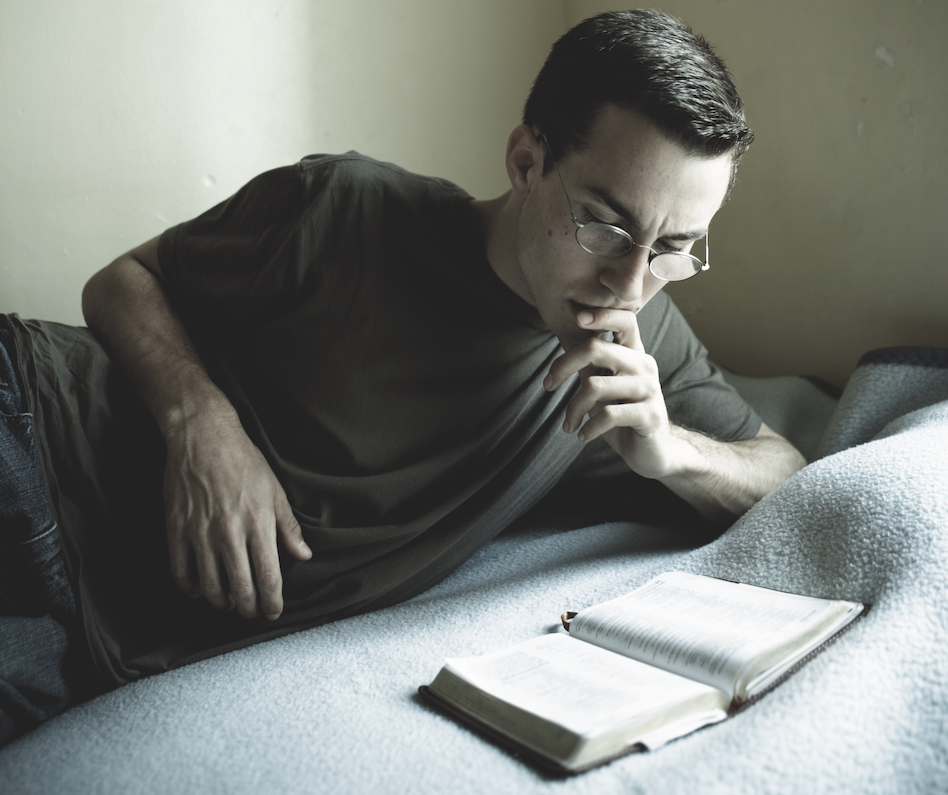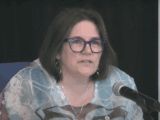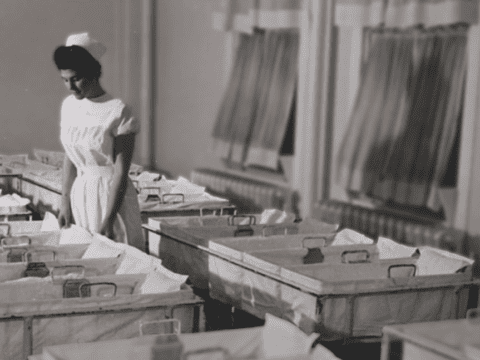Like many Christians, I turned to YouTube to watch my parish mass on the first Sunday after public worship was suspended due to the coronavirus. With so much of life upended all around me, I found it comforting to watch the rhythms of the Anglican eucharist proceeding as usual in my church. Even if I and the other congregants weren’t physically present for it, the altar bells rang out in celebration of the presence of Christ.
And yet, as the service continued, I realized that this computer-mediated worship would not be enough to sustain me through the pandemic. It felt too passive, like I was watching television, and I did not feel compelled to participate.
I turned it off. And I began to wonder why so many churches had rushed to find ways to deliver images of Sunday worship from the sanctuary to the living room. Did it reflect a discomfort with the idea of letting congregants conduct their own devotions at home? Was there a liturgical illiteracy among lay Christians that left them uncertain how to pray without direction?
Over the next few days, as the news from around the world and my own community became grimmer, I felt I needed a spiritual practice that would ground me and ward off hopelessness. Isolated at home, I opened my prayer book.
The Anglican tradition is distinguished by its Book of Common Prayer, which prescribes how the church worships in everything from baptisms to funerals. The book also orders the church’s liturgical reading of the Bible through the year. While many of the prayer book’s services require clergy, two in particular don’t: morning and evening prayer, together known as the daily offices. These offices trace back to Roman Catholic monasticism; the prayer book’s Reformation authors winnowed the many daily prayers of the Catholic tradition down to a more manageable two.
More on Broadview: I miss the old Lord’s Prayer
It was these services that I started to pray, often with my housemates but sometimes alone. I carved out about 20 minutes each morning and evening to sit with scripture and let it work on me.
Over a few days, I grew more comfortable with the services. I returned regularly to the book’s prayer for healing ministries, which petitions God to “cheer, heal, and sanctify the sick; grant to the physicians, surgeons, and nurses wisdom and skill, sympathy and patience.” And as the prayer book led me through daily readings of the Psalms, I found it easier than ever to identify with the Israelites, who struggled to keep faith during adversity.
Tony Hunt, a founding member of the Society of St. Nicholas Ferrar, a new religious association dedicated to practising and promoting the Episcopal daily offices, recently said, “It sometimes seems that laity think that they can vicariously experience spirituality through their priests. And so people aren’t actively participating in the faith because they outsource their prayer life to an external factor: a priest, a bishop.” In the time of coronavirus, Hunt might have added a third factor: computer screens.
Certainly, livestreamed worship has played an important role during the pandemic. It has held communities of faith together and maintained a sense of connection. I continued to watch my church’s services through Holy Week.
But to rely wholly on livestreams misses an opportunity to learn how to pray at home. Lay Christians share a responsibility with their clergy to cultivate a devotional practice. A long period without public worship helped me realize I had not been doing my part, and I hope it did for other lay Christians as well.
This column first appeared in Broadview‘s July/August 2020 issue with the title “Praying at home.”
I hope you found this Broadview article engaging. The magazine and its forerunners have been publishing continuously since 1829. We face a crisis today like no other in our 191-year history and we need your help. Would you consider a one-time gift to see us through this emergency?
We’re working hard to keep producing the print and digital versions of Broadview. We’ve adjusted our editorial plans to focus on coverage of the social, ethical and spiritual elements of the pandemic. But we can only deliver Broadview’s award-winning journalism if we can pay our bills. A single tax-receiptable gift right now is literally a lifeline.
Things will get better — we’ve overcome adversity before. But until then, we really need your help. No matter how large or small, I’m extremely grateful for your support.
Jocelyn Bell
Editor/Publisher















Thanks for your honesty – I too watched services through youtube, skype and zoom. To me it was worse than watching TV, it lacked the glitter and trappings found even in “religious television” programs.
I think most churches went to electronic media feeling the congregants would still feel “together” although forced apart.
I’ve noted two things. First, people who do not regularly go to church have watched a service on line. This is inadvertent out-reach. Second (a downside) look at the hits from streamed church services over the past few months, they were quite high the first week and during the Holy week, but the numbers have steadily taken a downturn, I think you and I are not the only ones that are getting restless not being an active participant within a supportive group.
Perhaps in July when we can “take turns” participating in live services it will not feel as uncomfortable watching on line from time to time.
Instead of the prayer book, I have turned to reading books from CS Lewis, JI Packer and Ravi Zacharias, This has helped in my Spiritual distress at this time, as the Book of Common Prayer has helped you